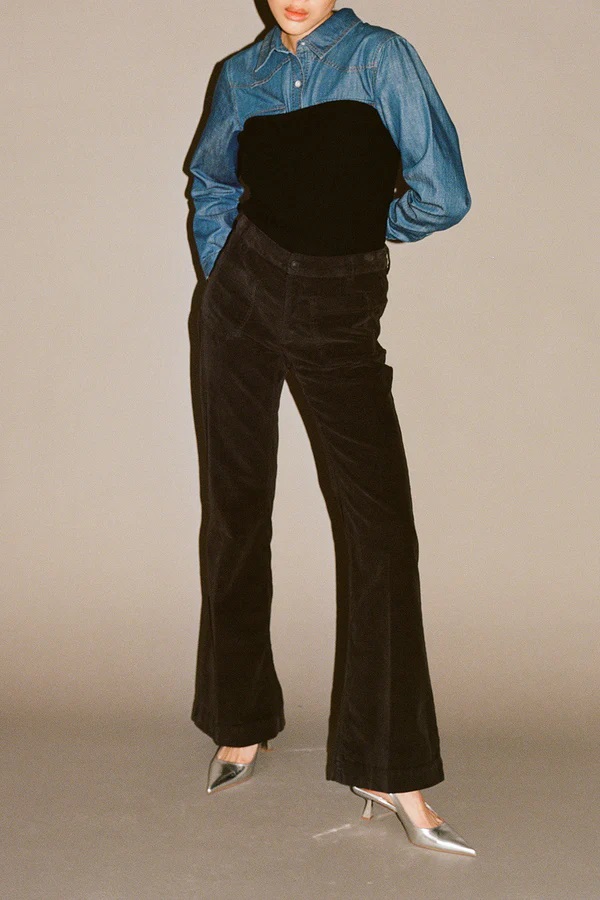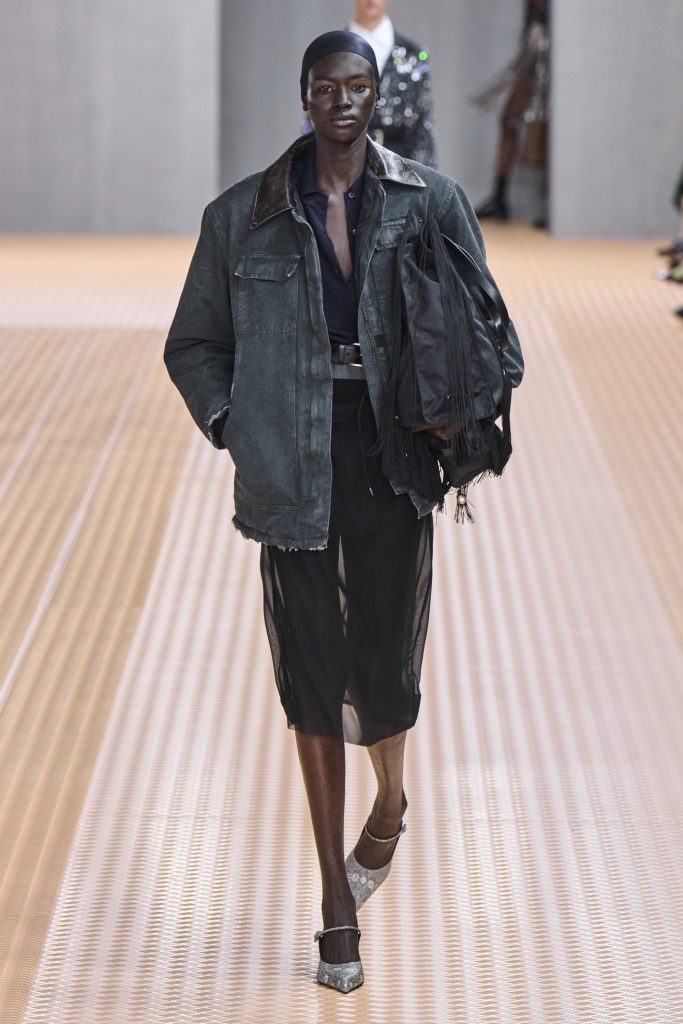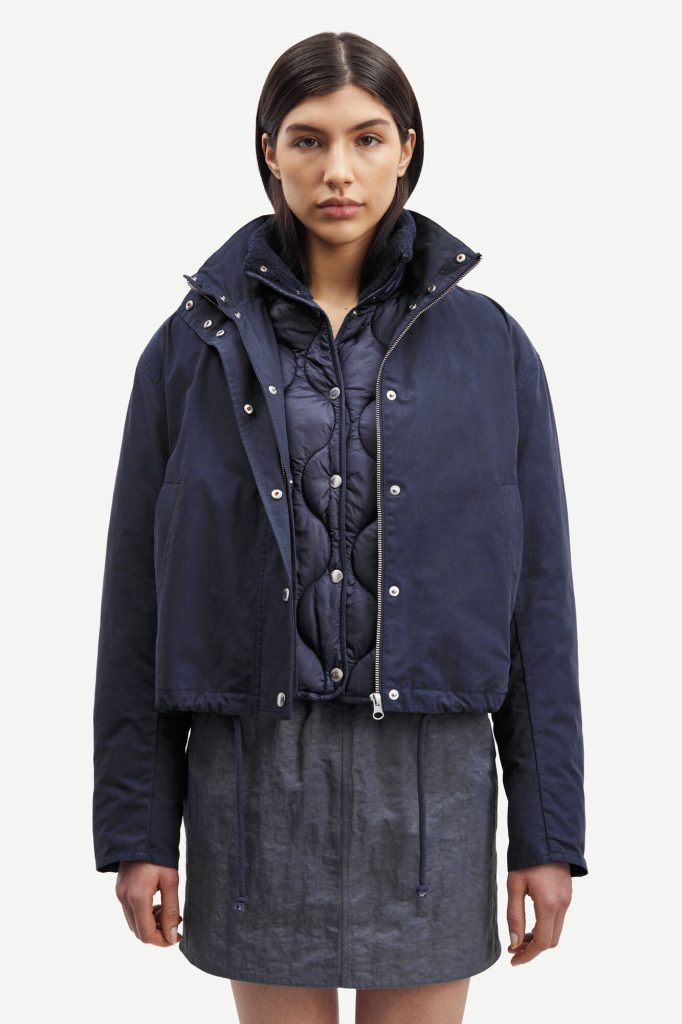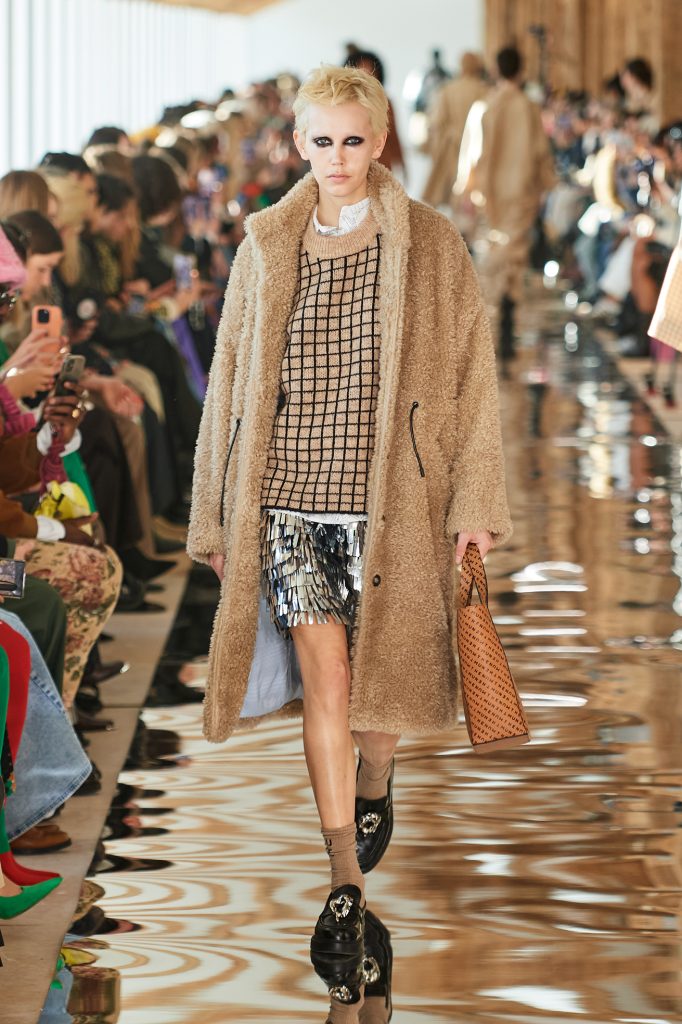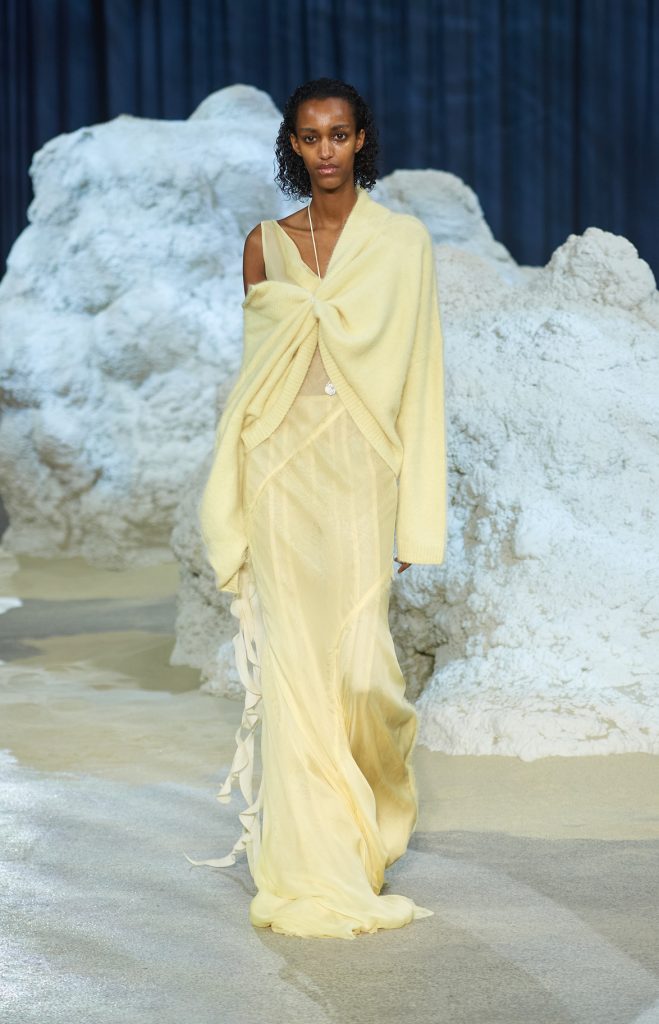5 trends for women – autumn and winter 2024/2025
The trends for the coming year reflect both designers’ and consumers’ desire for sustainability in production and materials, and an eagerness to turn to nature for inspiration. Fashion will also clearly mirror our current feelings of insecurity, favouring trends that make us feel protected in worrying times.
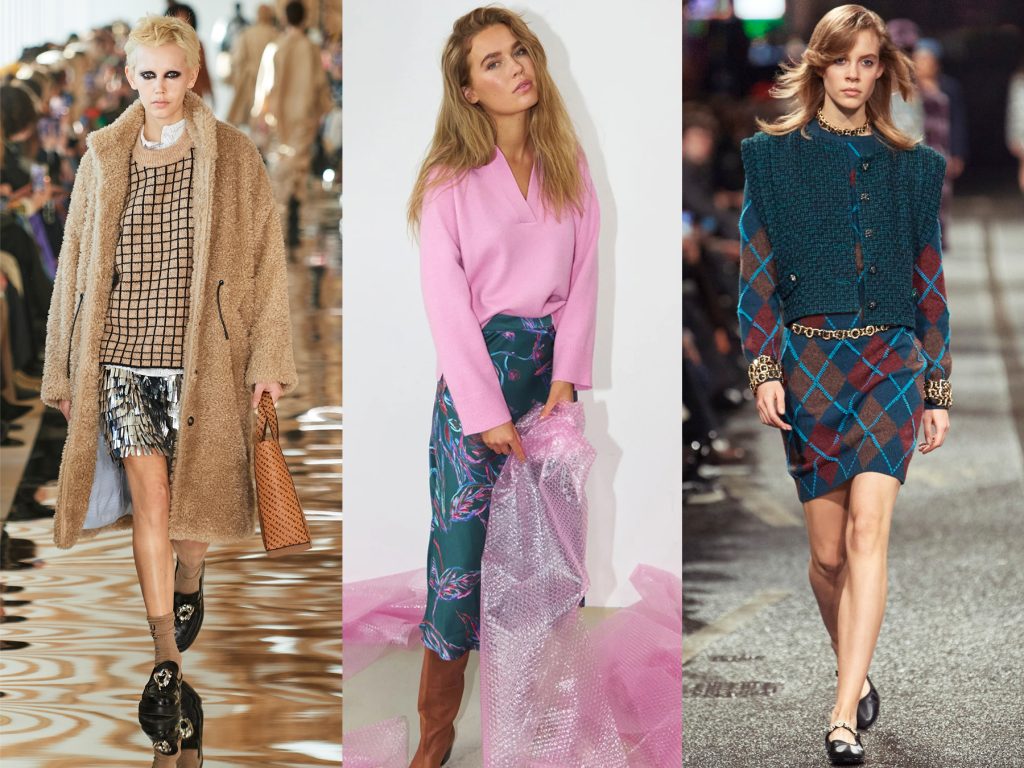
Av: Chili Media
New year, new opportunities – and new trends. As always in the fashion world, the new year kicks off with a series of international fashion weeks, focusing on upcoming collections, trends and street fashion.
A number of trends for AW24 are already predicted to become popular. Here are five worth noting for women.
Knitwear
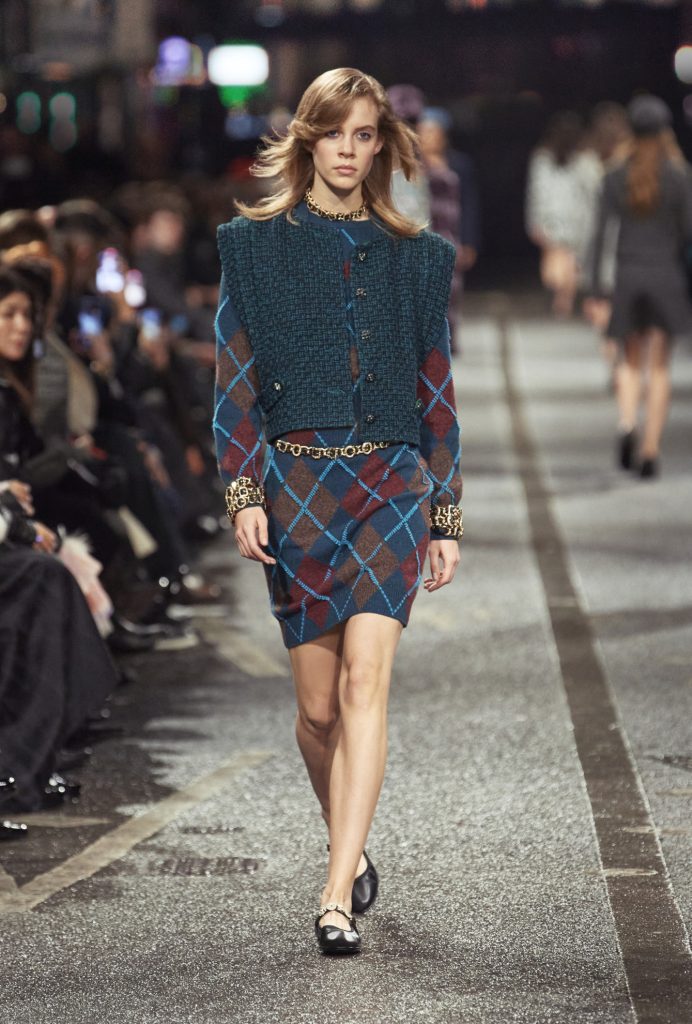
Knitwear in all its forms is constantly rolling in and out of fashion. There are specific reasons why knitwear is predicted to dominate the 2024 autumn and winter season. Having lived with great uncertainty in both society and the environment for so long now, we humans have an immense need to feel safe. So we seek out clothes that we can wrap ourselves in and which embrace our body in a reassuring way. This is how the world situation is being translated into a fashion, giving all varieties of knitwear the chance to make a real comeback.
The knitwear trends for the season will be wide-ranging in terms of shape and look. We’ll see everything from the more traditional cable knits and bubble knits to the big, chunky knits, and lighter, more sensual knits.
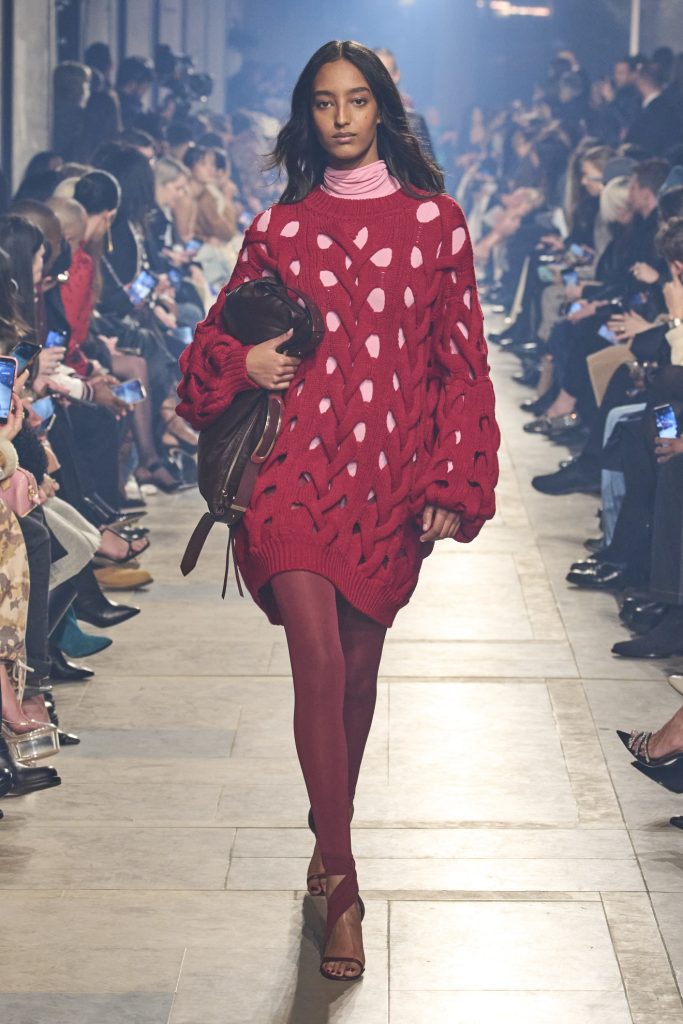
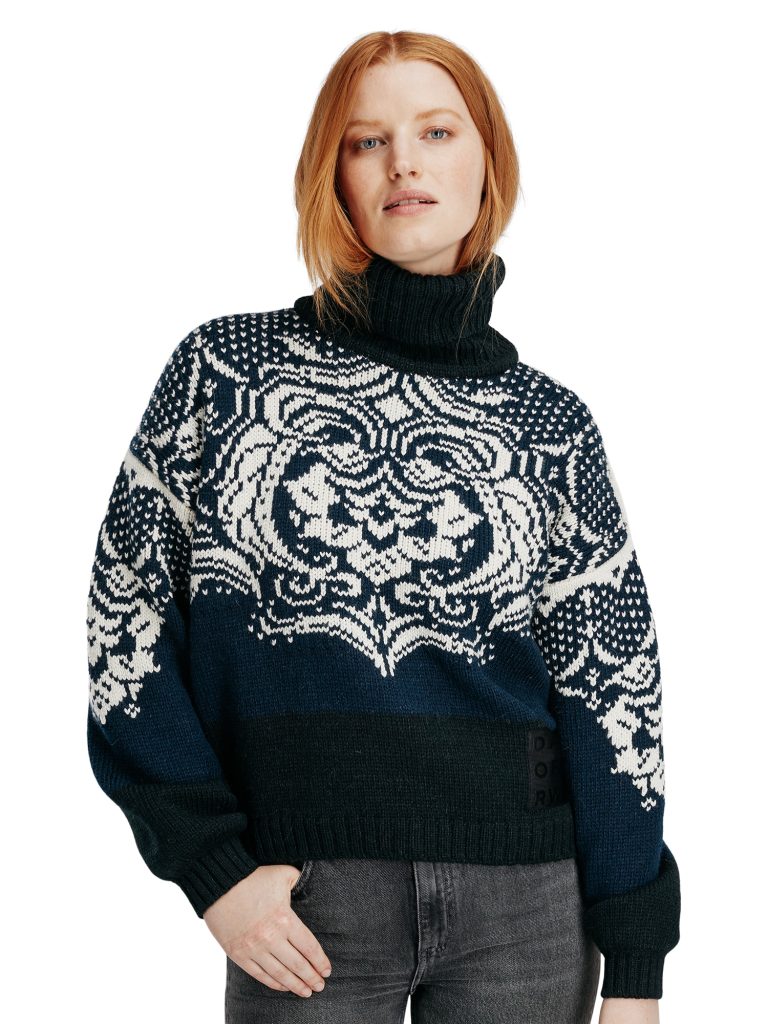
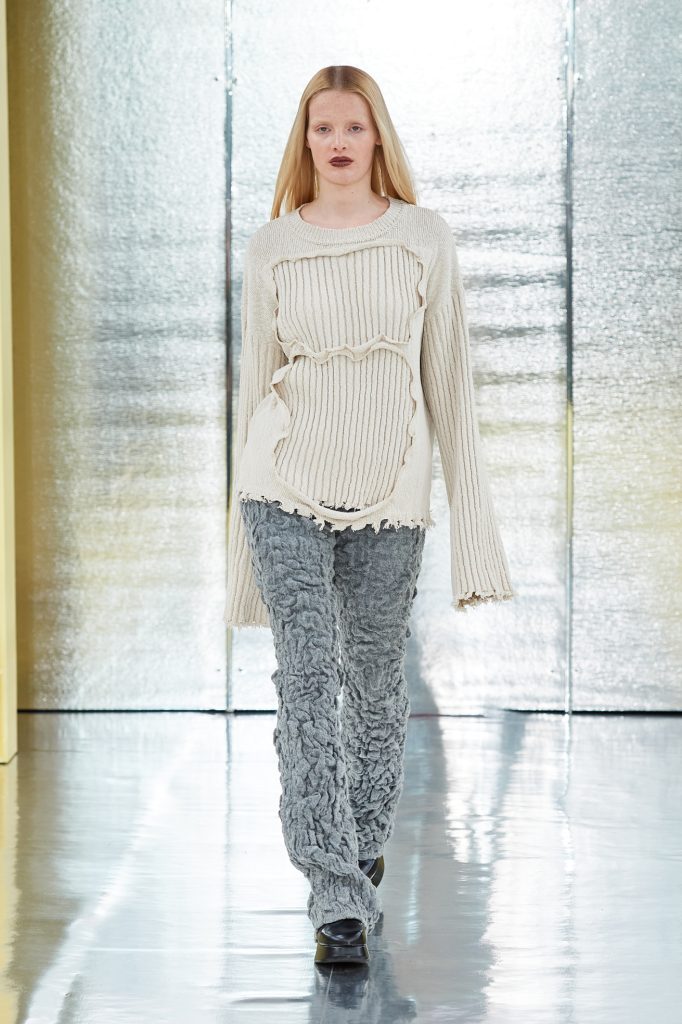
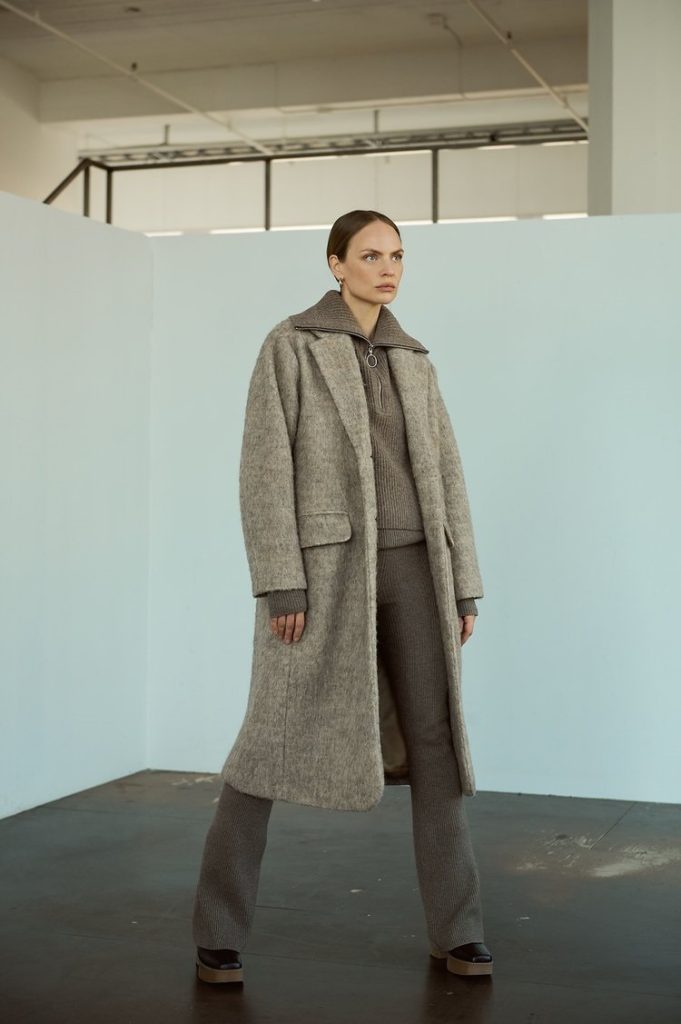
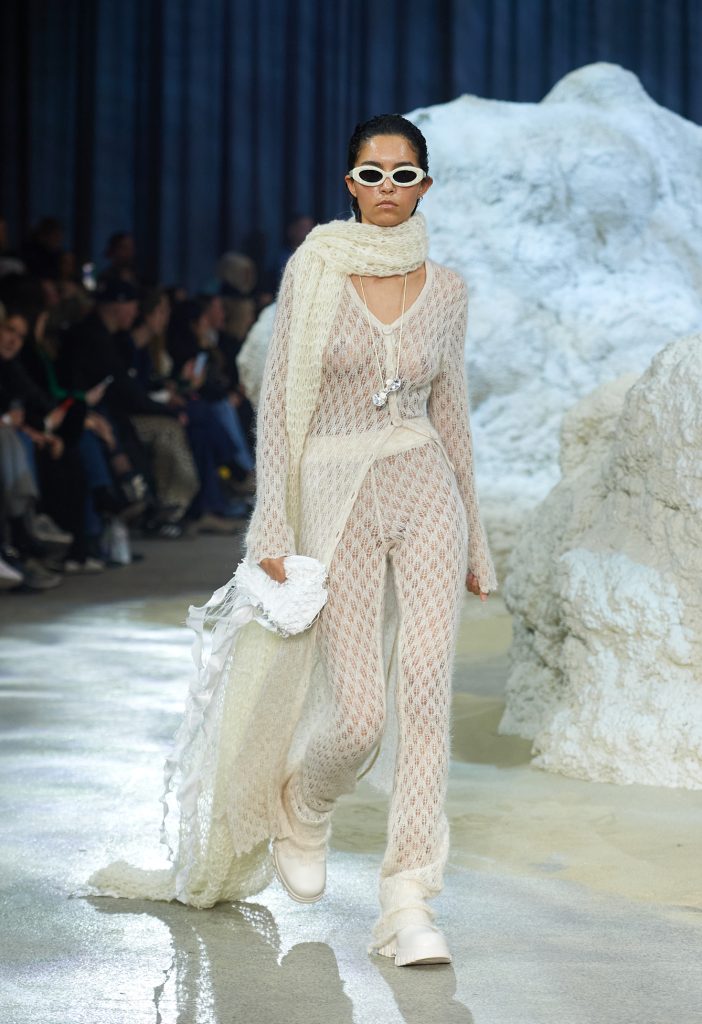
Oversized coats
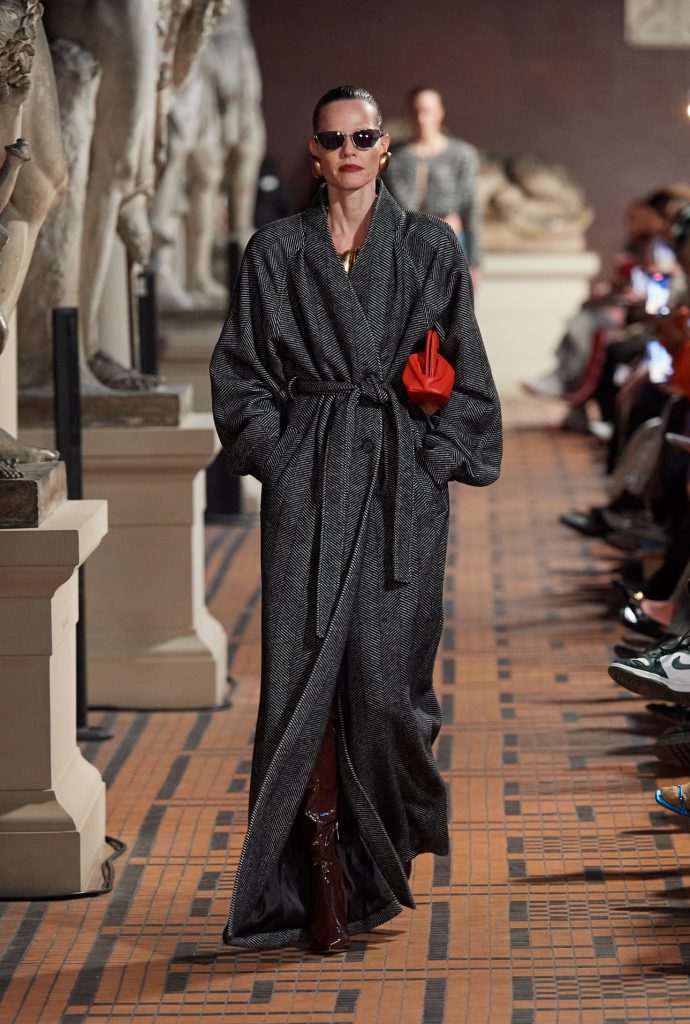
The coat trends for autumn and winter 2024 and 2025 are also rooted in a common need to wrap up and hide away. This is predicted to result in simple, elegant, yet voluminous garments – and preferably a good deal of layering. Checks will take centre stage, nodding to a time when we wrapped ourselves in large, cosy blankets.
Some forecast experts have stated that the wool winter coats will eventually become so big and thick that they’ll outperform the puffer jacket that has dominated fashion for so long.
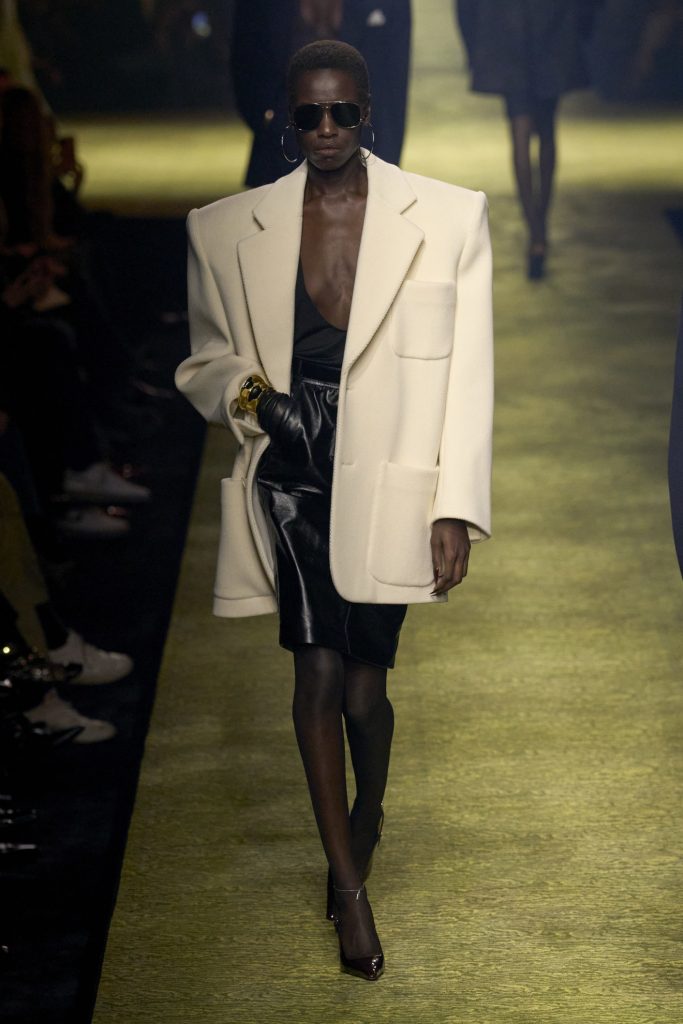
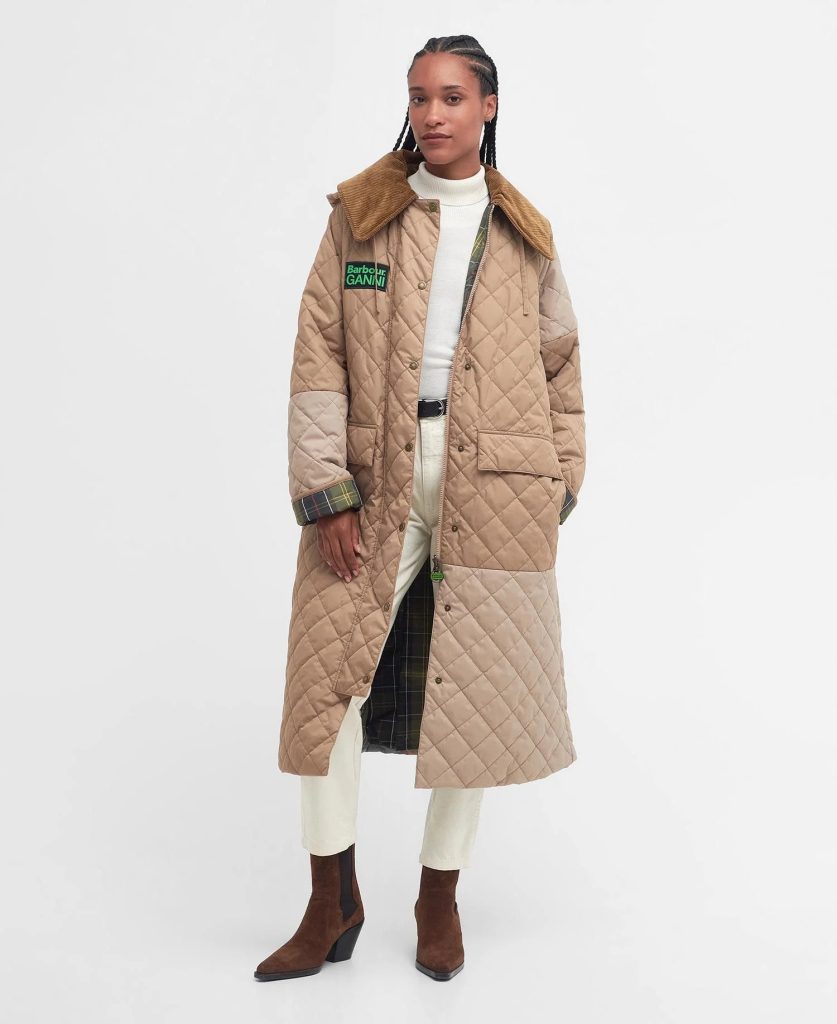
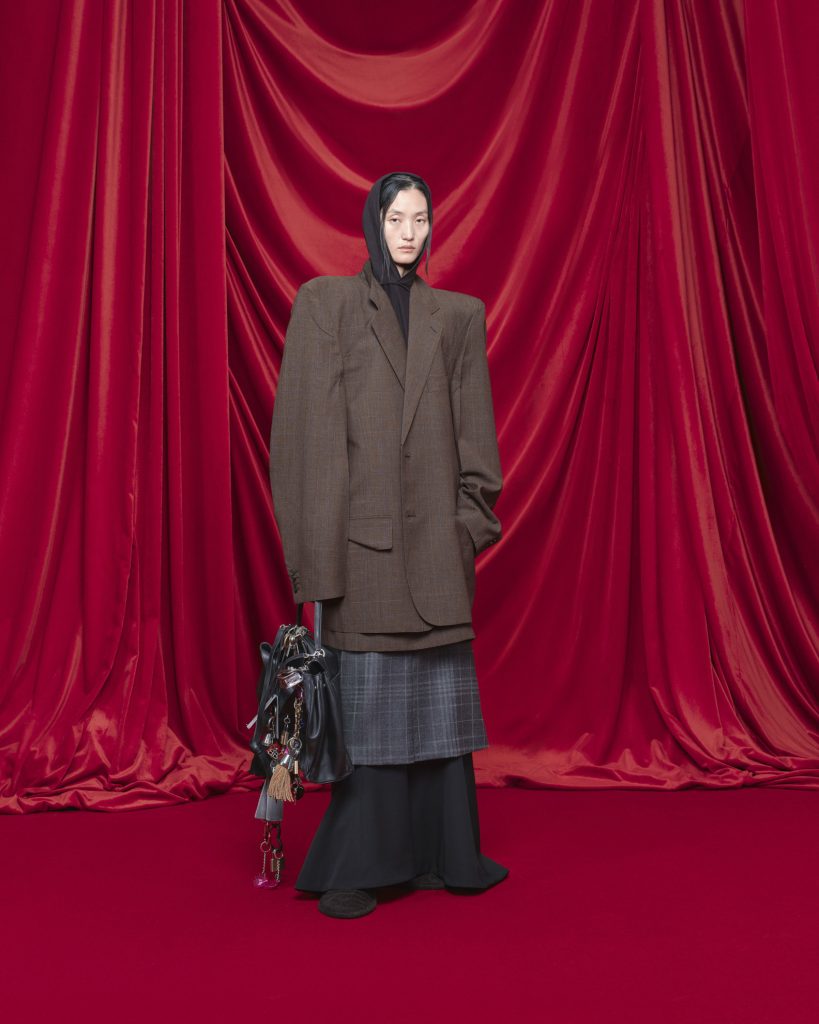
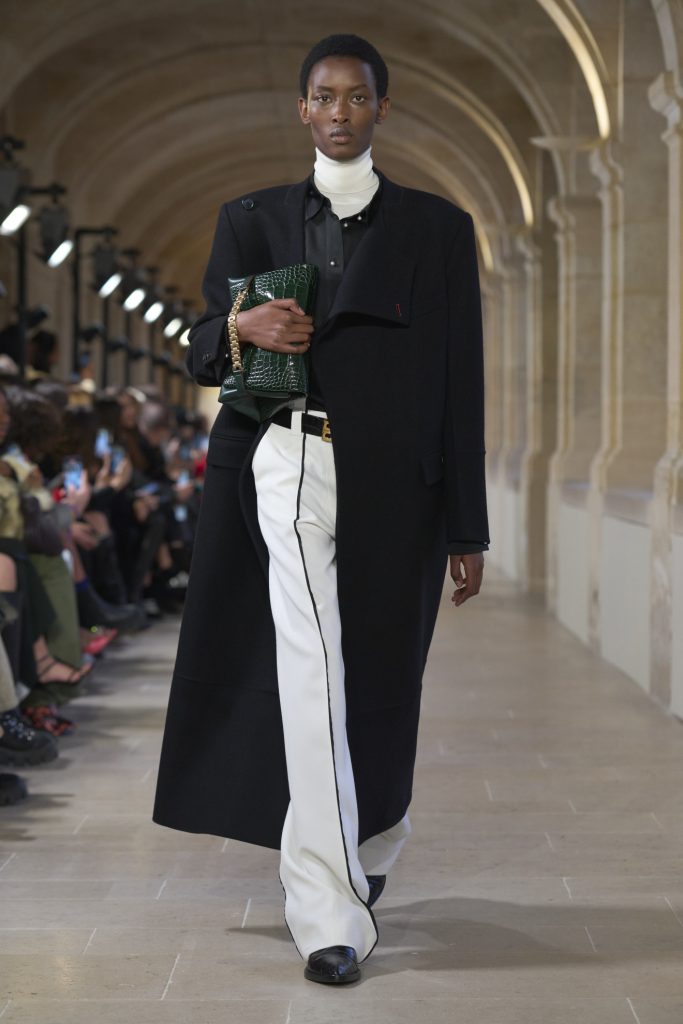
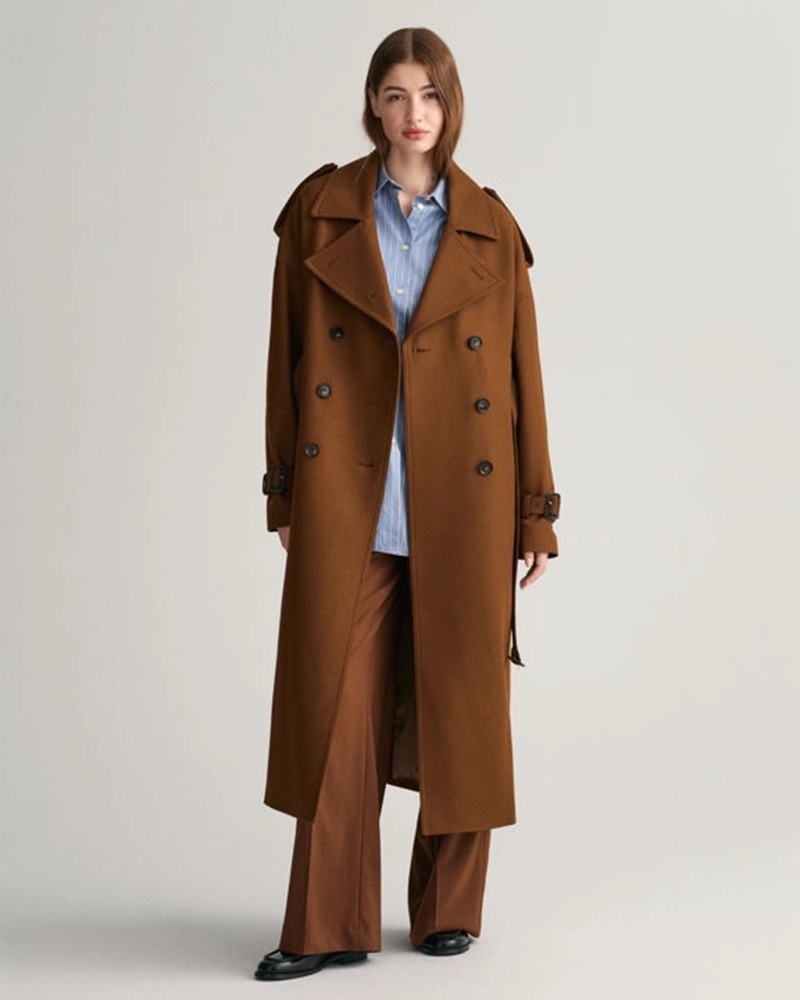
Futuristic looks
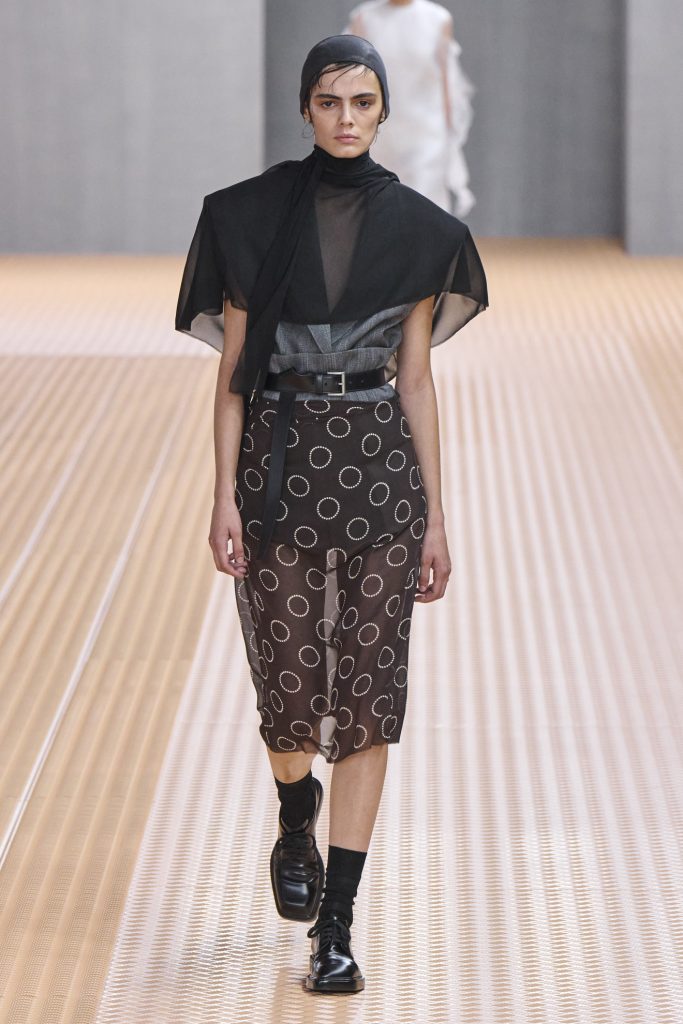
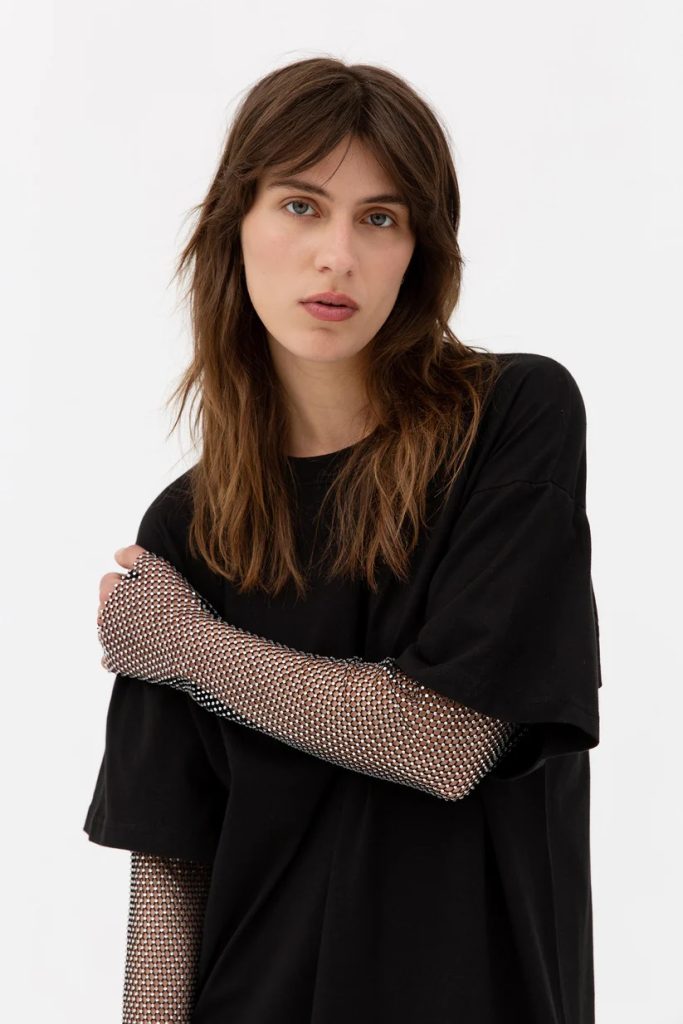
The look for autumn and winter 2023/2024 is expected to be futuristic, a concept that includes several dimensions. The futuristic look we have in store comes from the meeting between nature and its ecosystems and high-tech solutions in terms of production, materials and style. The look will be a blissful blend of both faux fur, natural materials, metallic colours and sequins.
In short, there are many looks that fall under the “futuristic” umbrella. Perhaps this trend should be interpreted as a green light for more creative exploration in 2024? In any case, it is clear that the trend scene is fairly open and curious. Anything new, and perhaps a little unexpected, is welcome. We are already seeing examples of this curiosity spilling from the catwalks to the man in the street. Sequins or bright colours in your everyday wardrobe are not as ‘scary’ as they used to be. Far from it. Don’t they just add that little extra inspiration and pizzazz to our daily lives?
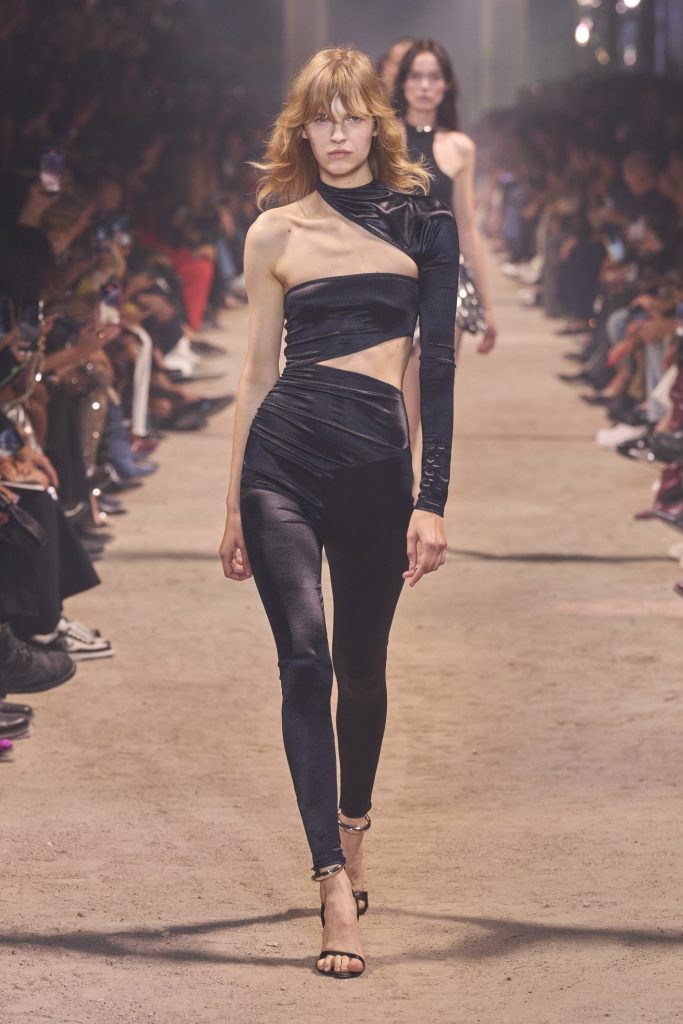
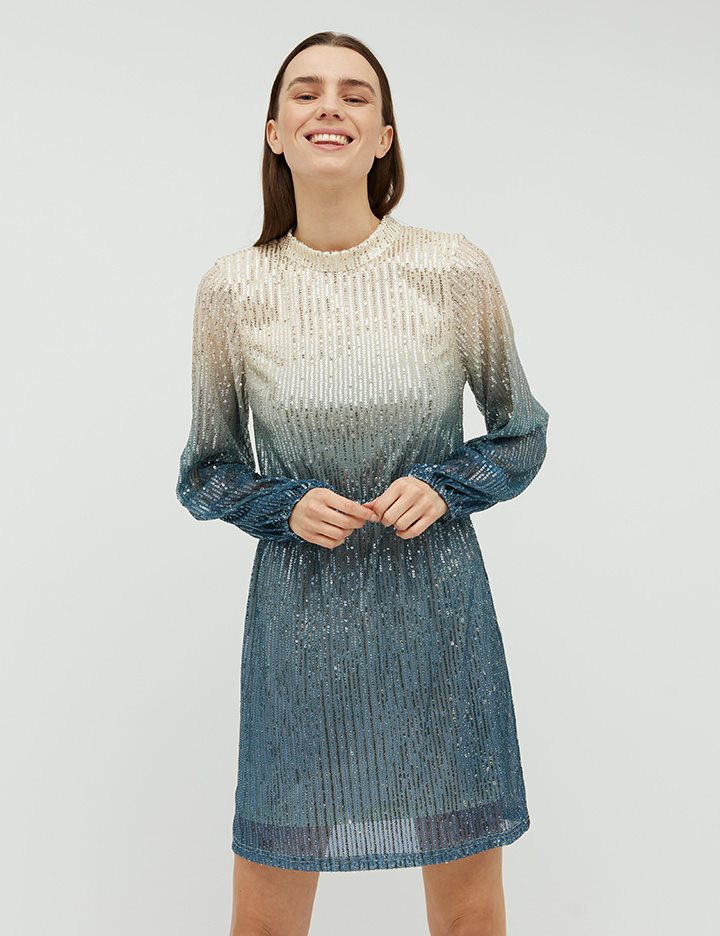
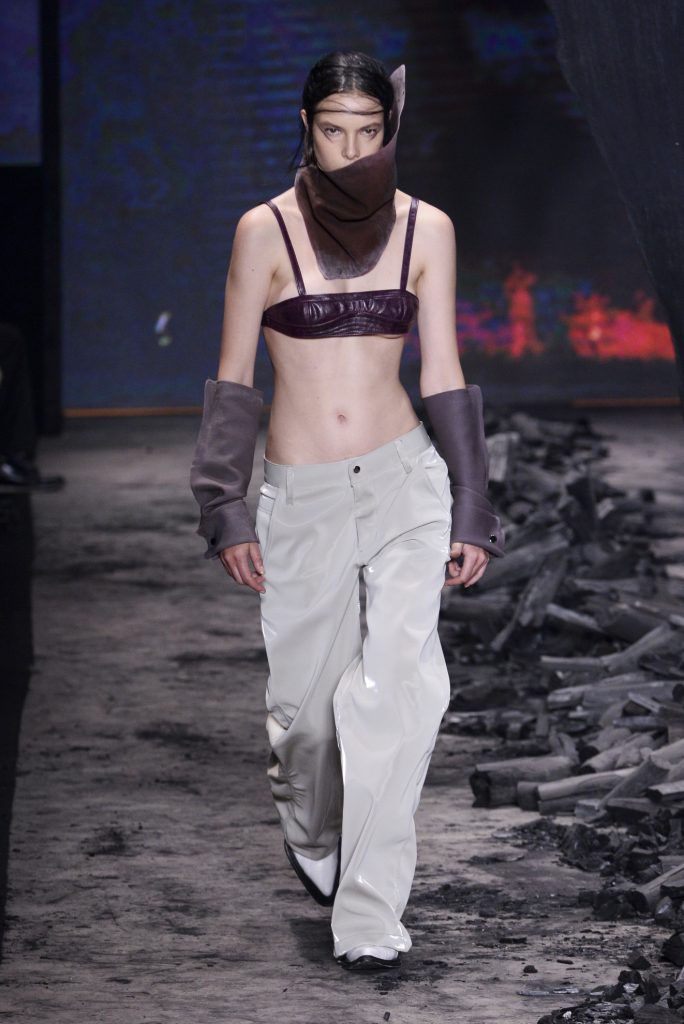
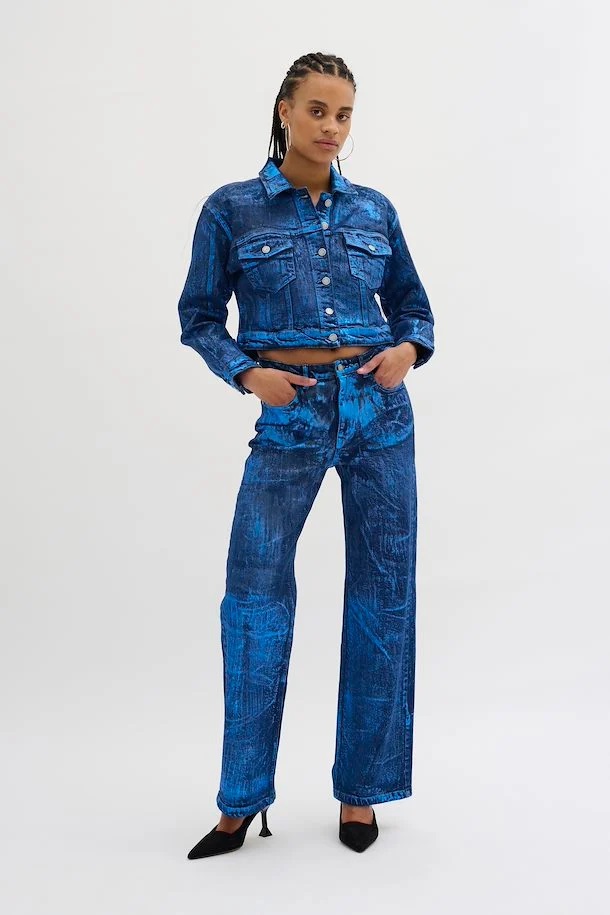
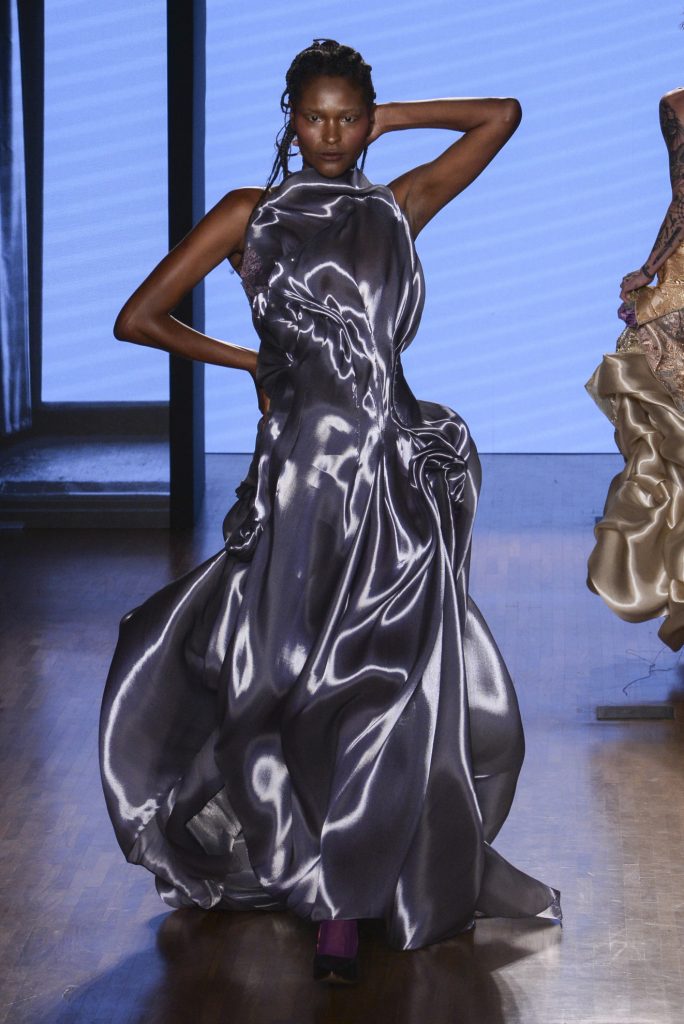
The end of black
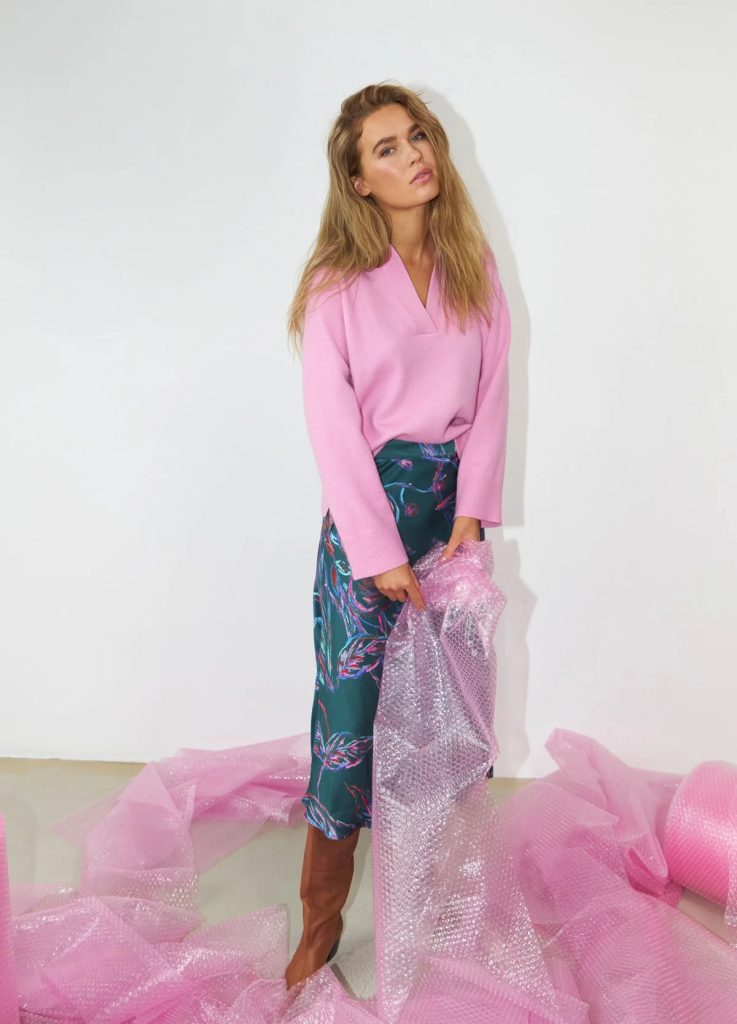
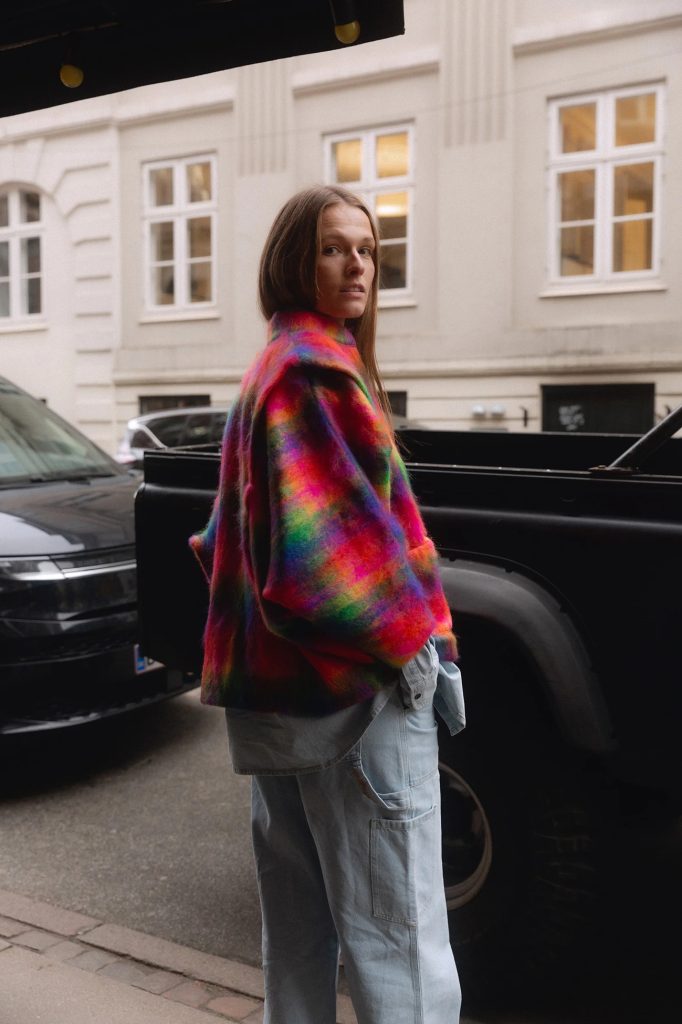
We have, in many ways, already drifted away from black. The aftermath of a global pandemic has consistently challenged the previously unwavering position of black in fashion in favour of styles that are more fun and colourful. This is now becoming the new normal.
AW24/AW25 is not predicted to be particularly vibrant, but experts point out that black is not included in the trend forecasts for this season at all. Black used to be one of the key colours for the autumn and winter season, but it has been well and truly demoted.
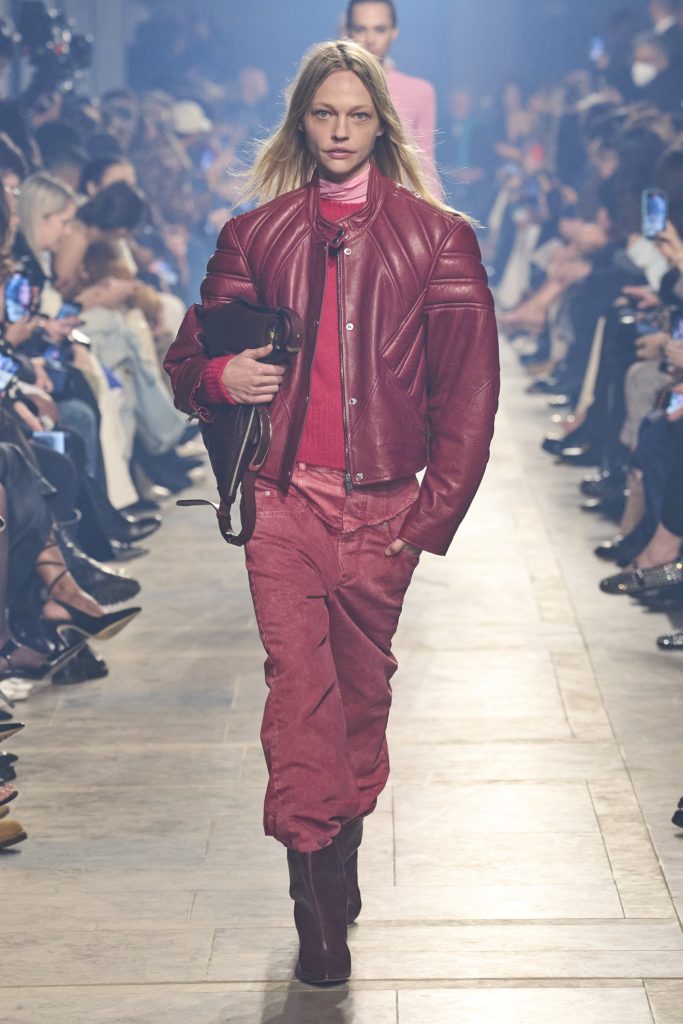
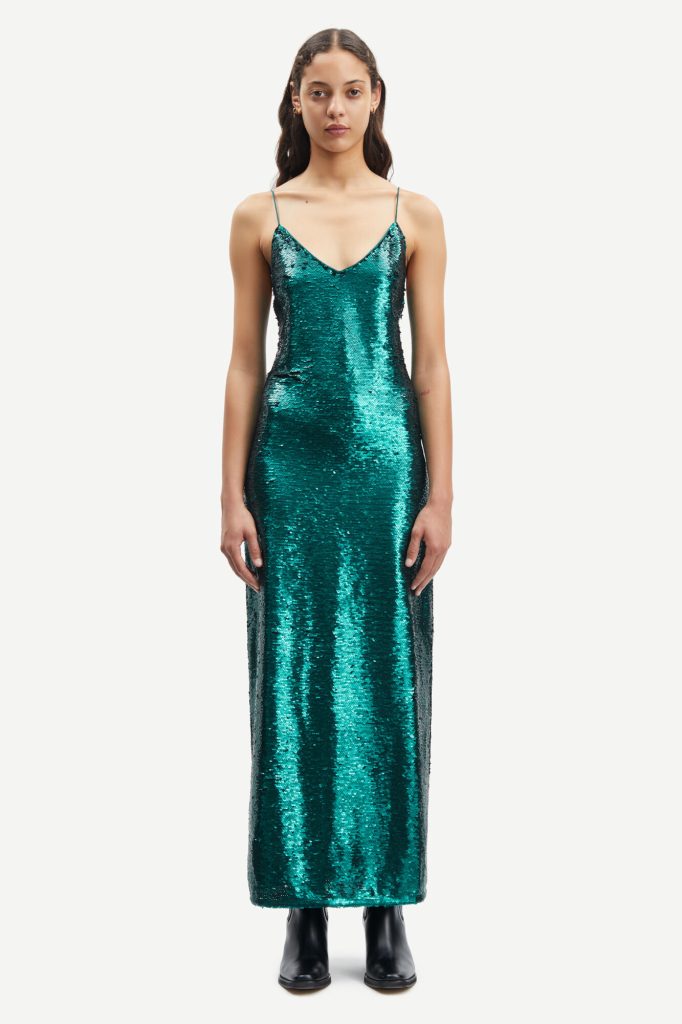

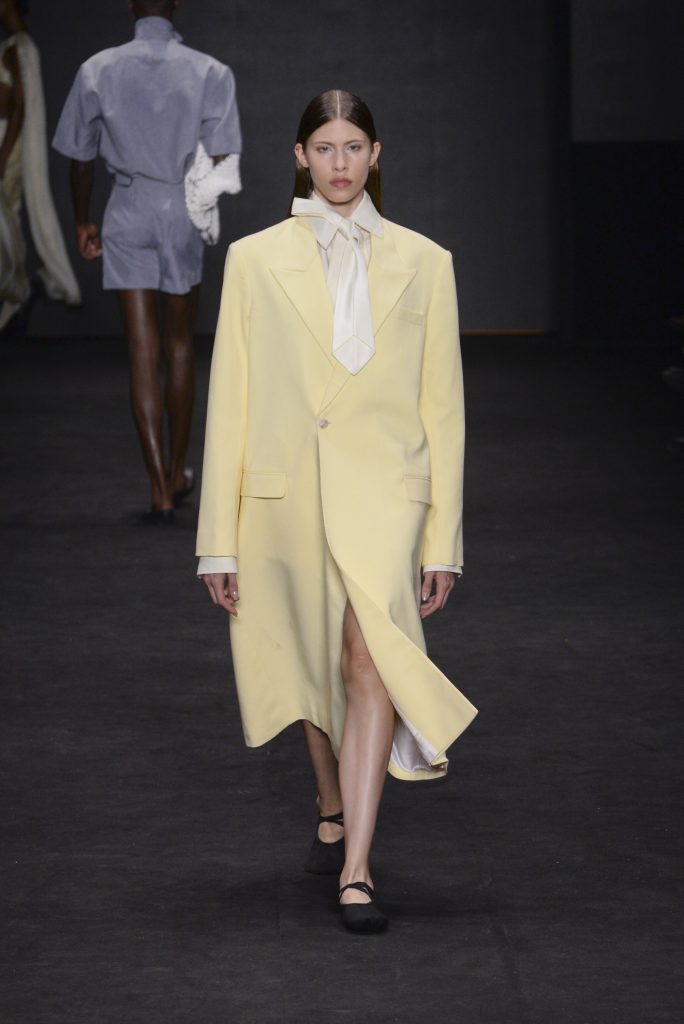
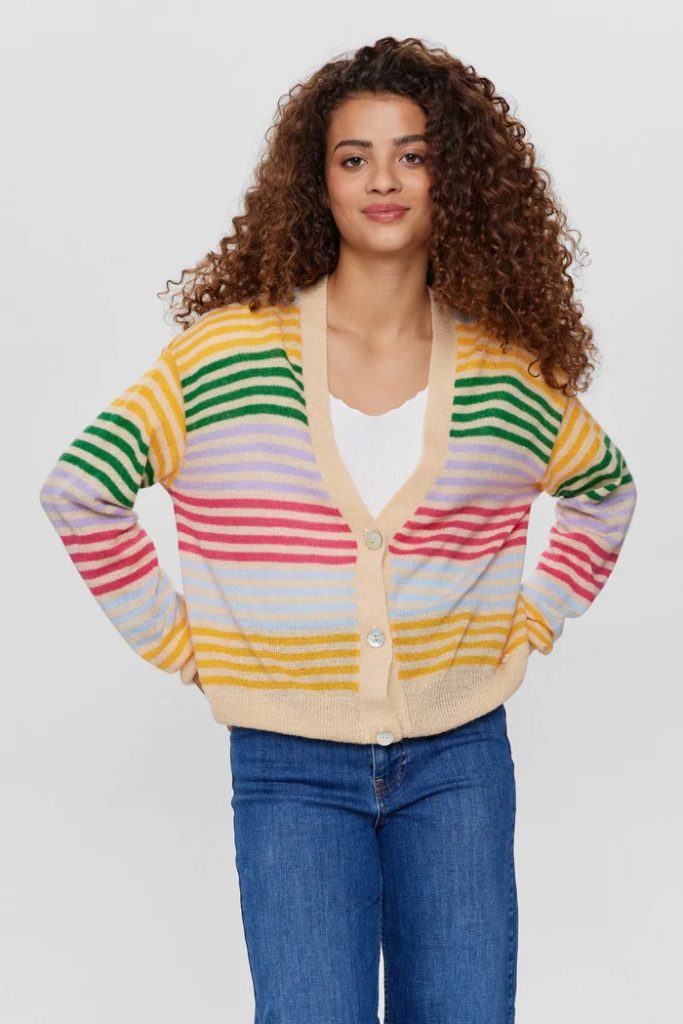
Imperfect and unpolished
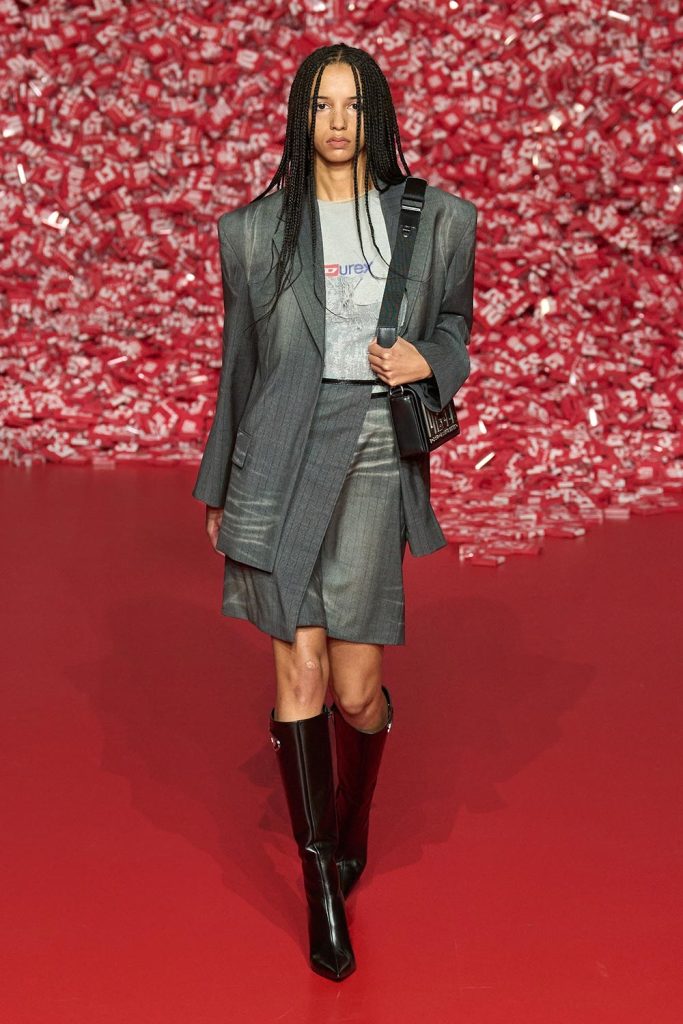
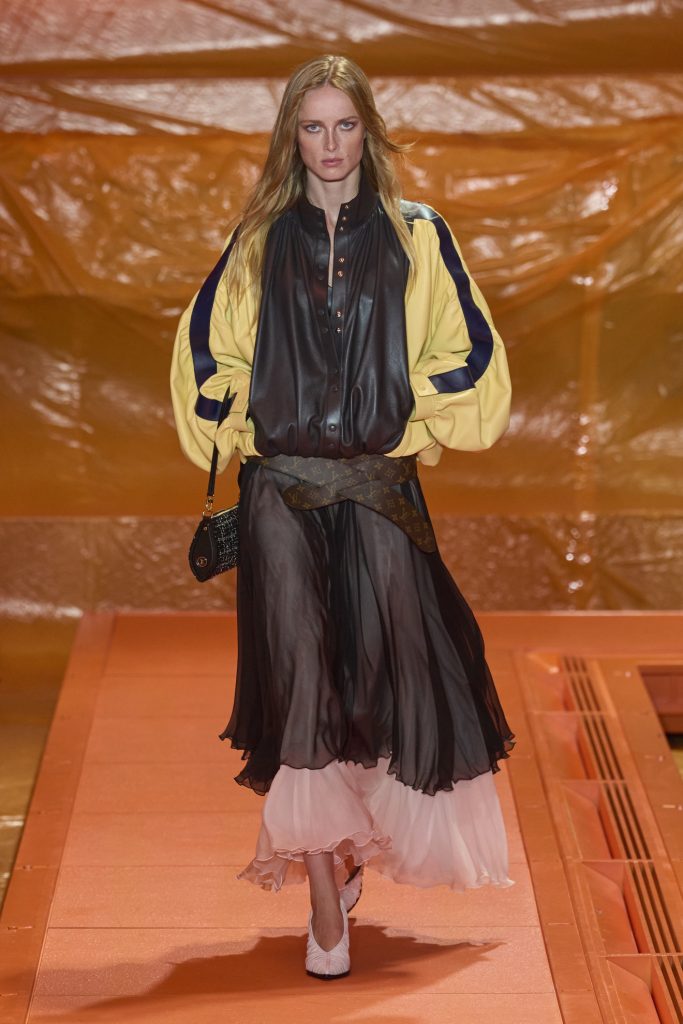
An important keyword singled out for the upcoming fashion is chaos. Once again, trends and designs in the fashion world reflect the worldview we are in: political disagreements, uncertainty around climate challenge, cultural polarisation and economic fluctuations. Fashion’s response? Celebrate the imperfect and unpolished!
Expect to see this trend reflected in textures and patterns, and also on an idealistic level. For this is just as much about consumers and designers’ struggles and demands for increased transparency in the industry, and our efforts to find innovative solutions that can reduce the industry’s climate footprint.
